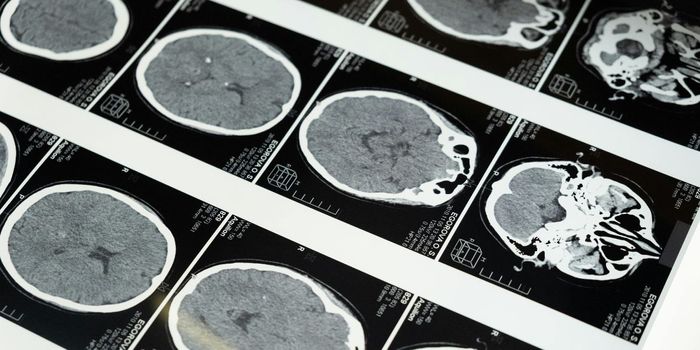At this time of year, the Christmas spirit is supposed to be all around us. In our homes with family and friends or even just out in public among strangers. Everyone is a little nicer, a little happier and a little more forgiving of the crowds and the busy stores. It’s an intangible concept, this Christmas spirit thing. Is there a way that science could figure out how it happens, where it comes from and if it could be seen? Well, some researchers recently tried.
A team of neuroscientists at the Rigshospitalet, a hospital affiliated with Copenhagen University recently published a brain study in the
British Medical Journal to see if they could locate which areas of the brain were responsible for harking the herald angels and singing loud for all to hear. Their mission was to see if they could find out which areas of the brain would light up like a…well…a Christmas tree when looking at images associated with the holiday.
To do this, the team found two groups of study participants, all from the same area near Copenhagen. All participants were healthy and the groups were divided according to their experiences and associations with Christmas. One group reported no feelings about Christmas, did not celebrate the holiday either religiously or culturally and were pretty much neutral about it. The other group were healthy individuals who celebrated the holiday and had strong family traditions concerning Christmas.
Each of the twenty total participants were placed in an MRI scanner and underwent a functional MRI study.
Functional MRIs or fMRI studies are those conducted while the patient is completing a mental or visual task that requires them to think or otherwise engage different parts of the brain. In brain studies fMRI technology is used to measure brain activity by recording changes associated with blood flow.[ It’s commonly accepted that cerebral blood flow is a marker for neuronal activity. When neurons are processing a cognitive task, blood flow to that particular area is increased.
The changes in blood flow are detected by looking at the oxygen levels of different regions in the brain and is called blood-oxygen-level dependent contrast, or BOLD. The only problem with fMRI studies is that is that blood flow within the brain can be affected by more than just the visual stimuli. MRI scanners are notoriously noisy and many researchers feel that fMRI studies are not always accurate.
In the study in Copenhagen researchers found there were definite differences between the two groups. In five specific areas the Christmas affiliated group responded to Christmas images with a higher activation than the non-Christmas group. These included the left primary motor and premotor cortex, right inferior and superior parietal lobule, and bilateral primary somatosensory cortex. These regions of the brain are believed to be where spiritual feelings, recognition of facial emotions and other emotional senses are processed.
So there’s the proof, right? The true spirit of Christmas is alive and well within a few cortical areas of the human brain. Not so much. The team responsible for the research had another objective for doing this study. They submitted it with tongues firmly in cheek as a sort of humorous way of pointing out that fMRI research is often interpreted too literally, with researchers arriving at conclusions that are not actually in evidence with just scans of the brain. In the video below, researcher Bryan Haddock is quoted as saying, “If you dig deep enough, you’ll find all the explanations you’re looking for.”









